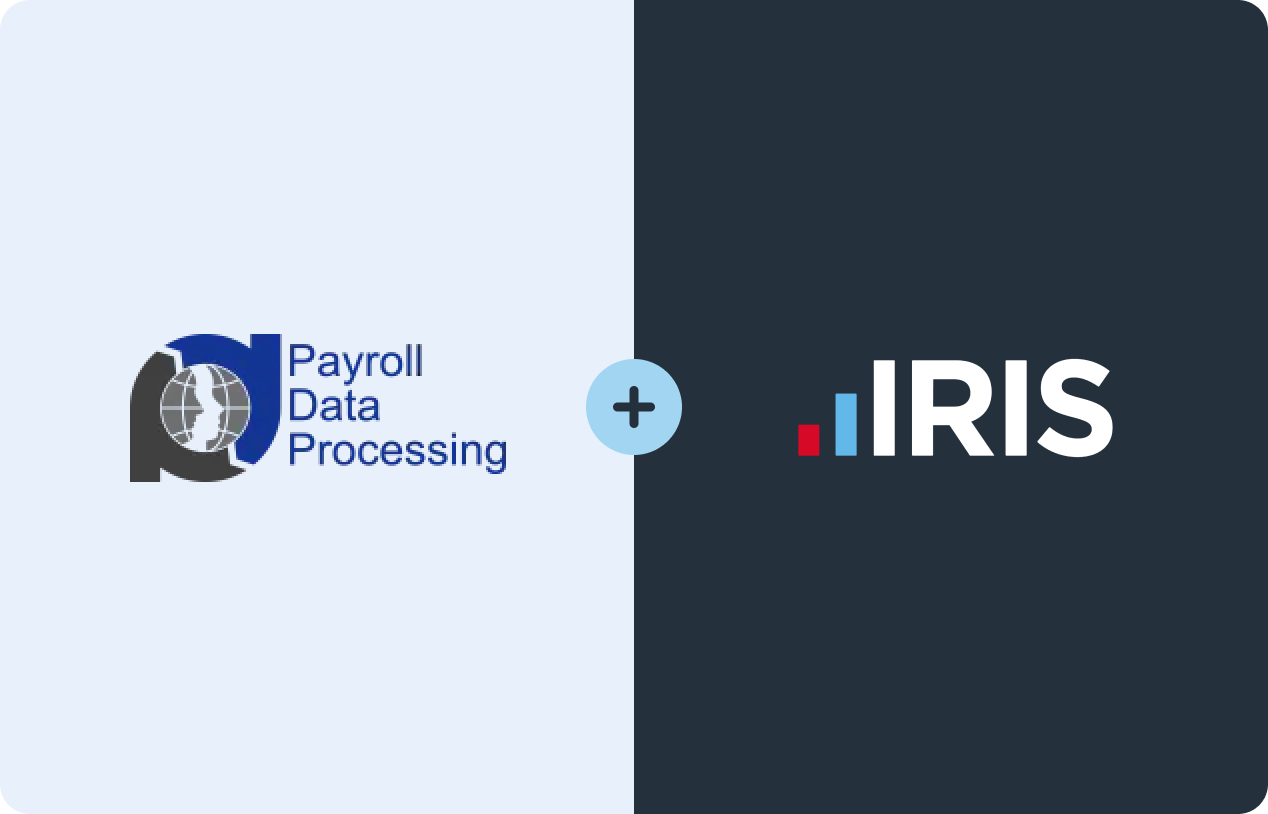Payroll Data Processing by IRIS
Payroll Data Processing – Dependable Service Meets Smart Technology
-
Global Payroll Services
Run payroll anytime, anywhere. Automate calculations, sync with time tracking, and stay compliant with ease.
-
HR & Benefits Administration
Simplify onboarding, benefits, and compliance with expert-backed support and intuitive cloud-based tools.
-
Pay-As-You-Go Workers’ Compensation
Avoid large upfront costs. Only pay premiums when you run payroll with our integrated compensation solution.
“The team is always friendly, helpful and knowledgeable… I give them 10 stars.”
Rich Property Management, LLC
Payroll Services Built for Simplicity, Savings, and Support
Talk to Our Payroll & HR Experts
Frequently asked questions
Get clear answers on how Payroll Data Processing helps you simplify payroll, stay compliant, and get real support—every step of the way.
-
Payroll Data Processing became part of IRIS Software Group to enhance its small and mid-sized business payroll services. This partnership helps bring IRIS’s broader technology, resources, and compliance expertise to Payroll Data Processing clients.
-
If you're an employee trying to access your payslips, schedules, or benefits, use the employee login link provided by your employer.
-
Yes. One of the defining features of Payroll Data Processing is direct access to human support. You’ll still be able to call and speak with experienced professionals—now backed by IRIS’s extended service infrastructure.








